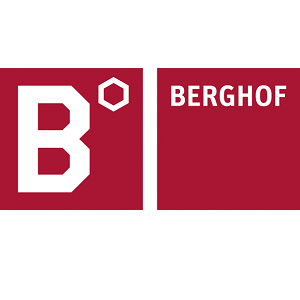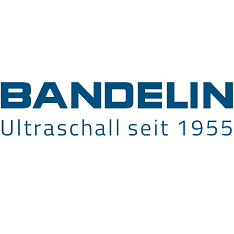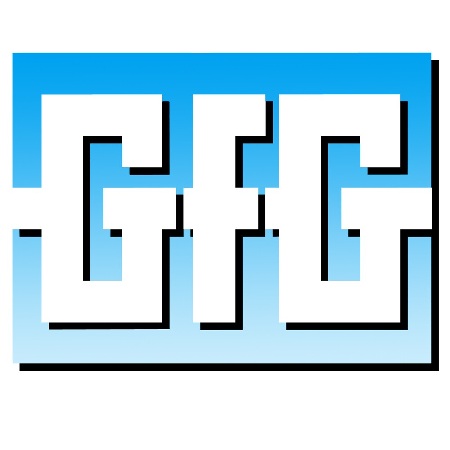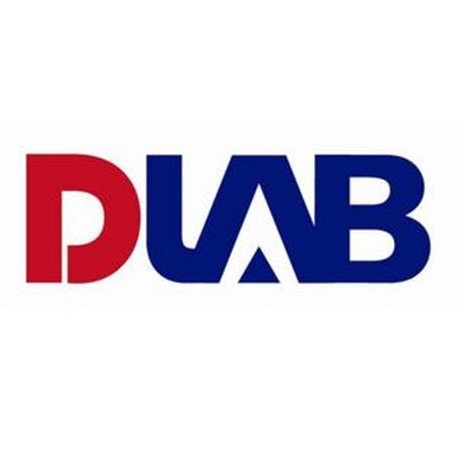Contents:
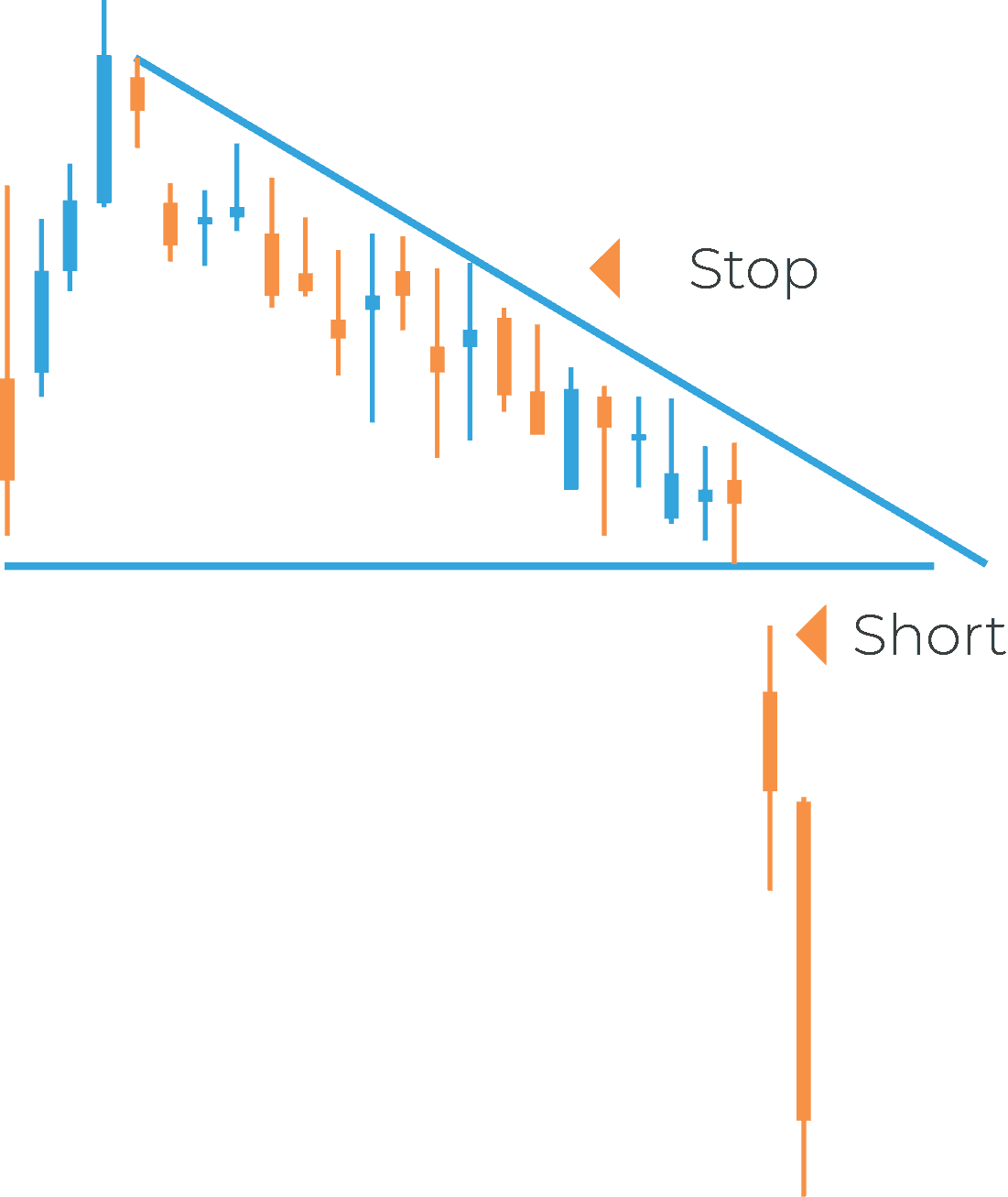

This website is neither a solicitation nor an offer to Buy/Sell any security. No representation is being made that any account will or is likely to achieve profits or losses similar to those discussed on this website. The past performance of any trading system or method is not necessarily indicative of future results. A Dragonfly Doji is a type of Doji candlestick that is formed when the open and close price of a bar are equal or nearly equal and also open and close very near the high of the bar. This candle pattern will usually indicate a price reversal in a trend in the market.
Of course, it occurs very rarely but price reversal happens constantly. Thus, this candlestick is not considered a good indicator for reversal patterns. They create orders immediately after the trend of confirmed by the next candlestick. Conversely, when the market has shown an upward trend before, a dragonfly doji might signal a price drop, known as a bearish dragonfly. The downward movement of the next candlestick will provide confirmation. A bearish abandoned baby is a type of candlestick pattern identified by traders to signal a reversal in the current uptrend.
That often signs the end of the pullback and the start of the new leg to the upside. Just wait for a pullback to start, and then spot when the Dragonfly Doji appears. What makes a pattern valid is not just the shape, but also the location where it appears. The candle may or not have a wick at the top, but if it has, must be small. In the past, we have looked at several of these patterns, including evening and morning star, the hammer. And the gravestone Doji, which is one of the three popular Doji patterns.
Dragonfly Doji Candlestick
A doji is a name for a candlestick chart for a security that has an open and close that are virtually equal. Dojis are often used as components in patterns used to detect trading opportunities. Dragonfly dojis are very rare, because it is uncommon for the open, high, and close all to be exactly the same.
- https://g-markets.net/wp-content/uploads/2021/09/image-vQW4Fia8IM73qAYt.jpeg
- https://g-markets.net/wp-content/uploads/2021/04/male-hand-with-golden-bitcoin-coins-min-min.jpg
- https://g-markets.net/wp-content/uploads/2021/09/image-NCdZqBHOcM9pQD2s.jpeg
- https://g-markets.net/wp-content/themes/barcelona/assets/images/placeholders/barcelona-sm-pthumb.jpg
- https://g-markets.net/wp-content/uploads/2021/09/image-sSNfW7vYJ1DcITtE.jpeg
Ideally, the confirmation candle also has a strong price move and strong volume. A dragonfly doji candlestick formation is the opposite of gravestone doji as the open, high, and close are near the same price in the upper half of the candle. If you’re new to the world of trading, you may be wondering what Dragonfly doji candlestick trading is and how to read them. The name “Doji” means mistake in Japanese, and it shows a small trading range.
Limitations of the Dragonfly Doji
Its unusual ‘T’ shape indicates that a stock is beginning on a downward trend and reversing itself to close near the same price. As a result, dragonfly doji patterns are helpful in identifying potential trading opportunities. Dragonfly dojis gain significance when they are formed during the uptrend or the downtrend. The formation announces a potential reversal after a long downtrend in the stock prices, especially when the lower shadow is considerably long. Dragonfly doji means that sellers had the full control during the initial phase when the price opened and they took the price down to the lowest level.
As you can see the price was in a minor downtrend when the price opened sharply lower and then ended the day close to where it opened. On the other hand, if the market has shown an upward trend previously and a formation might signal an upcoming decrease in the price of the security. The downward movement of the next candlestick will confirm the downward trend. The Dragonfly Doji is a specific type of candlestick pattern that can occur at the end of an uptrend.
In other words, dragonfly doji candle can means price exhaustion in a downtrend and potential price reversal. Dragonfly doji candle and gravestone doji candlesticks are very similar, and we discuss the difference further. Most of the technical indicators or patterns are indicative of reversal patterns.Hence they are neither bullish nor bearish. Also usually traders even if the pattern appears will wait for the next day to verify.
The lower https://g-markets.net/s is considerably long compared to the body of the candle which is formed by the open and close prices. That means the open, high and close prices are very similar to each other, while the low price is proportionately far away from the trio. Hammer candle always has a bigger body in comparison to dragonfly doji. As we discussed above, dragonfly doji is a kind of doji candle which means they have a small body. Dragonfly doji pattern can’t define a particular profit target, and it entirely depends on price action and especially if the trend is downward or upward. Read previous sections carefully, and you’ll find out how to choose a reasonable profit target.
Dragonfly Doji: How to Spot and Trade Candlestick Patterns
However, at the end of that period, the close price is still able to stay at the level of the open price. It suggests that buyers in the market are able to absorb this much selling and pull back the price. Following a downward trend, a dragonfly doji indicates a potential price increase if the confirmation candlestick moves up. A spinning top is a candlestick pattern with a short real body that’s vertically centered between long upper and lower shadows. With neither buyers or sellers able to gain the upper hand, a spinning top shows indecision. The dragonfly doji is not a common occurrence, therefore, it is not a reliable tool for spotting most price reversals.
USD/MXN Price Analysis: Ignores Wednesday’s Dragonfly Doji to retreat to 18.60 – FXStreet
USD/MXN Price Analysis: Ignores Wednesday’s Dragonfly Doji to retreat to 18.60.
Posted: Thu, 23 Mar 2023 02:24:07 GMT [source]
dragonfly candlesticks are differentiated by the location of the open and close on the wick — where trading begins and ends on a given day. A Doji indicator is mostly used in patterns, and it is actually a neutral pattern itself. By itself, the Doji candlestick only shows that investors are in doubt. However, there are main patterns that can be easily found on the chart. This candle pattern will help traders see the existence of support and demand. The problem with dragonfly and gravestone doji candles is there is no candle body, which makes it impossible for the candle to actually close into the body of the previous candle.
Any candle which has a wick at the end tells us the banks took some kind of action during the time the candle was forming. This tells you that, “hey, the market is willing to buy at these higher prices, and there’s a good chance that this market could breakout higher and you can look to trade the break out of the highs.” You can see the market rejected higher prices and finally closing near the lows. Often what I see traders do is that when the market moves up higher and then there’s a Doji.
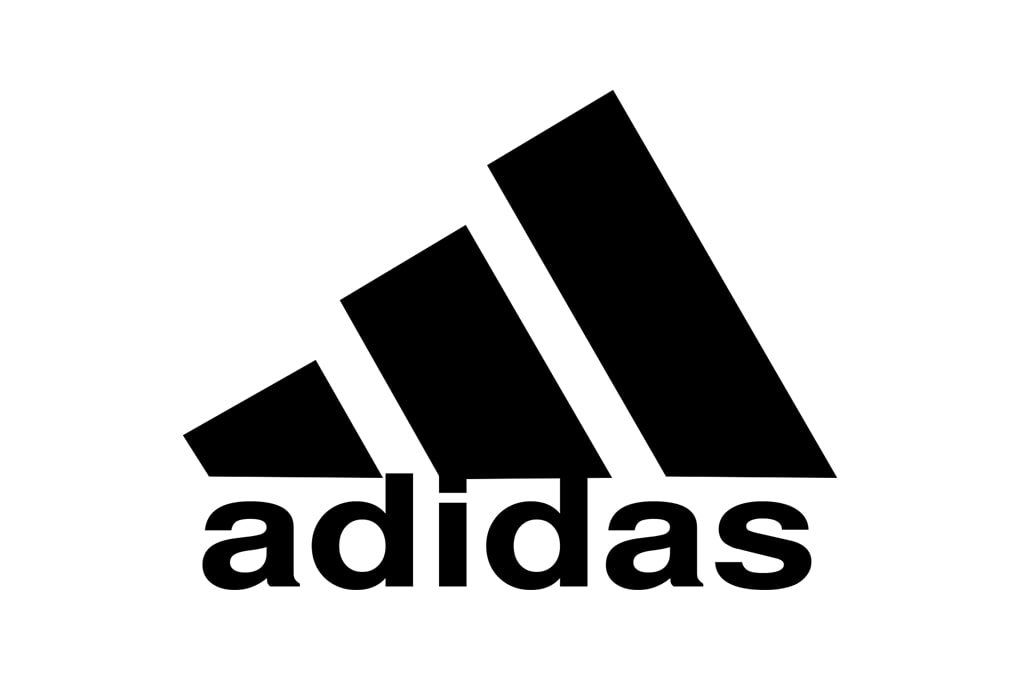
The Dragonfly should be verified by waiting for trend confirmation on the following day. Naturally, dragonfly patterns form at the bottom of a downtrend or where the price has found support. Short Line Candles – also known as ‘short candles’ – are candles on a candlestick chart that have a short real body. Investopedia does not provide tax, investment, or financial services and advice. The information is presented without consideration of the investment objectives, risk tolerance, or financial circumstances of any specific investor and might not be suitable for all investors. Investing involves risk, including the possible loss of principal.
Estimating the potential reward of a dragonfly trade can also be difficult since candlestick patterns don’t typically provide price targets. Other techniques, such as other candlestick patterns, indicators, or strategies are required in order to exit the trade when and if profitable. The doji is a type of candlestick pattern with variations and is created when the open and close are equal, so there’s essentially no stick on the candlestick.
What is a Dragonfly Doji Candlestick?
It will draw real-time zones that show you where the price is likely to test in the future. Conversely, at the gravestone, the price opened in a low position and briefly rose, then dropped again to a subordinate position where it was initially closed and thus formed a tail that extended upwards. The tail appears when the price opens at a high and then drops to a low due to a lot of selling. Investors can see this moment as a sign to get out of the trading trend. The Dragonfly Doji is created when the open, high, and close are the same or about the same price .
They are formed when the price opens and closes at the same level in a sign of consolidation. The dragonfly is an important reversal pattern that you should consider using in your day trading. This indicates that the buyers were able to sustain the aggressive sellers and they managed to push the price back up again.It is an indicator of a reversal taking place during the price movement.
It is a transitional pattern as opposed to a reversal or continuation pattern. Traders should also note that just because you see a confirmation, that does not necessarily mean that there will be a reversal. Apart from the regular pattern of Doji, we also have the gravestone pattern.
- https://g-markets.net/wp-content/uploads/2021/04/Joe-Rieth.jpg
- https://g-markets.net/wp-content/uploads/2021/04/Joe-Rieth-164×164.jpg
- https://g-markets.net/wp-content/uploads/2021/09/image-wZzqkX7g2OcQRKJU.jpeg
- https://g-markets.net/wp-content/uploads/2020/09/g-favicon.png
You can see how there is an obvious difference between where the pin bar opened and where it closed. If you’re looking for a dragonfly doji confirmation, you should pay attention to its next candle. Because understanding the meaning is what matters, not trying to memorize the exact candlestick pattern. So again, the close and the open is the same level but the difference this time around for Dragonfly Doji is that the candle has a lower wick. The three different types of Doji candlestick pattern that you must be aware of. Welcome back to this training video where you will learn all about theDoji candlestick pattern.
As shown below, the dragonfly doji has a similar appearance to the hammer pattern or capital letter T. In this article, we will look at the dragonfly doji, which is another popular type of the pattern. Dragonfly Dojis are said to be red or green depending on the direction of their next candle. Dragonflies that appear during uptrends will often show as a green Dragonfly and vice versa for downtrends. In this article we will dive into how to spot a dragonfly doji. The best strategy to trade it and examples of how they have played out in the past.



